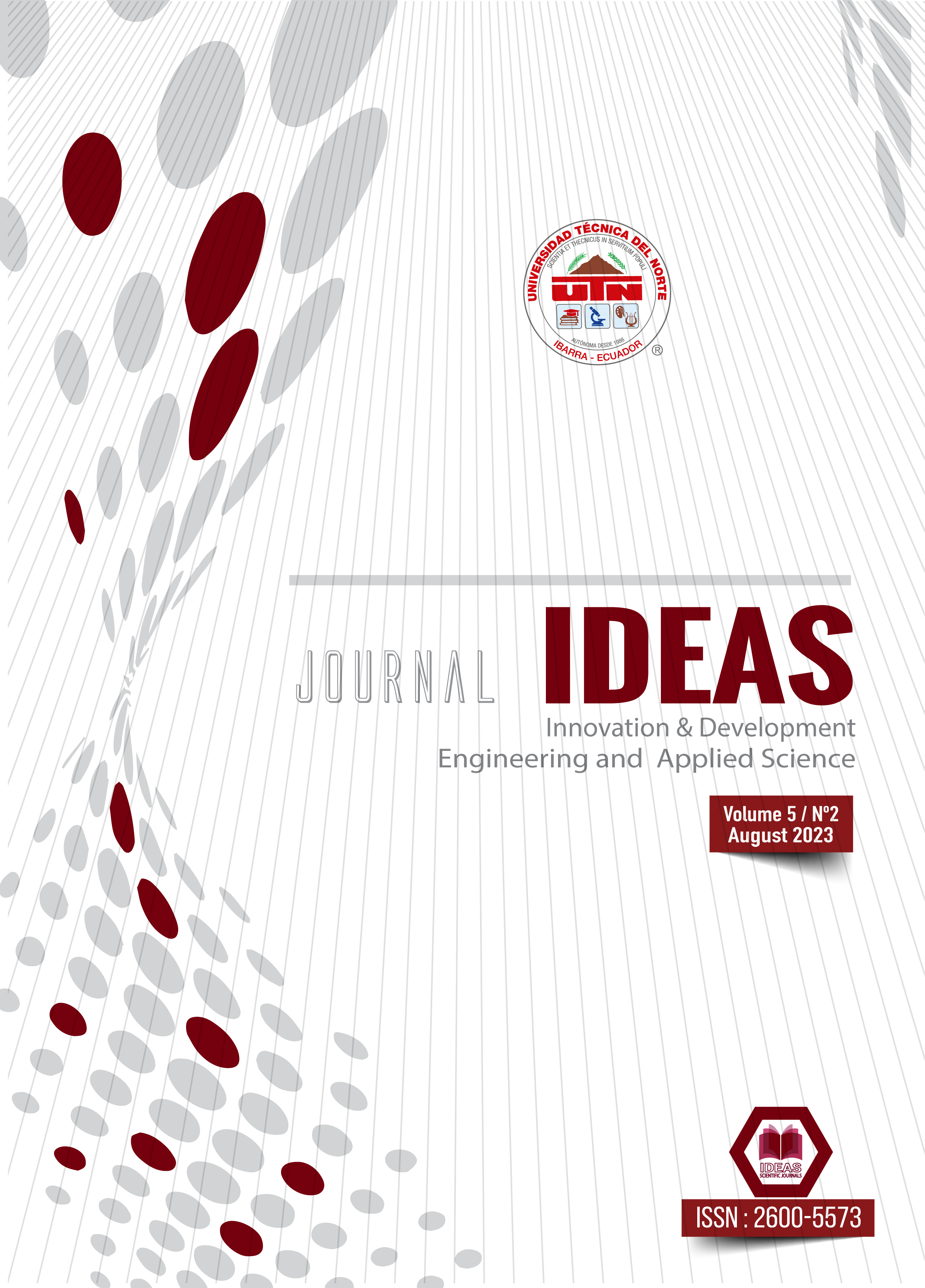Retos de la Inteligencia Artificial - Coches autónomos: Un breve repaso Retos de la Inteligencia Artificial - Coches autónomos: Un breve repaso
Contenido principal del artículo
Resumen
Esta investigación documental-descriptiva pretende explorar el avance de la inteligencia artificial (IA) en los vehículos autoconducidos y su repercusión en beneficio de la sociedad. Si bien es innegable que los vehículos autoconducidos se han convertido prácticamente en una realidad tecnológica en el campo de la informática, tanto en la actualidad como en un futuro previsible. Sin embargo, es necesario abordar varios aspectos aparentemente problemáticos en términos de legislación, ya que los coches autónomos están llamados a convertirse en parte integrante de la vida cotidiana. Por ello, esta investigación examina mediante una revisión bibliográfica los importantes avances y esfuerzos dedicados al diseño de software en este ámbito de estudio centrado en el funcionamiento de los vehículos autónomos en entornos urbanos y su capacidad para sortear los obstáculos de la ciudad, así como los retos ante eventualidades imprevistas.
Descargas
Detalles del artículo
Citas
Rajabli N, Flammini F, Nardone R, Vittorini V (2020) Software Verification and Validation of Safe Autonomous Cars: A Systematic Literature Review. IEEE Access. doi: 10.1109/ACCESS.2020.3048047
Ziemianin K (2021) Civil legal personality of artificial intelligence. Future or utopia? Internet Policy Rev 10:1–22. doi: 10.14763/2021.2.1544
Blankenbach K, Vogelmann M, Schmitz N (2021) Advanced optical methods for safe image reproduction on automotive displays. J Soc Inf Disp. doi: 10.1002/JSID.1079
Ostheimer J, Chowdhury S, Iqbal S (2021) An alliance of humans and machines for machine learning: Hybrid intelligent systems and their design principles. Technol Soc 66. doi: 10.1016/J.TECHSOC.2021.101647
Balistreri M (2019) Macchine senza guidatore: Considerazioni morali. Mondo Digit 18
Vicari RM (2021) Influências das Tecnologias da Inteligência Artificial no ensino. Estud Avancados 35:73–84. doi: 10.1590/S0103-4014.2021.35101.006
Cugurullo F, Acheampong RA, Gueriau M, Dusparic I (2021) The transition to autonomous cars, the redesign of cities and the future of urban sustainability. Urban Geogr 42:833–859. doi: 10.1080/02723638.2020.1746096
Utesch F, Brandies A, Pekezou Fouopi P, Schießl C (2020) Towards behaviour based testing to understand the black box of autonomous cars. Eur Transp Res Rev 12. doi: 10.1186/S12544-020-00438-2
Revell KMA, Richardson J, Langdon P, Bradley M, Politis I, Thompson S, Skrypchuck L, O’Donoghue J, Mouzakitis A, Stanton NA (2020) Breaking the cycle of frustration: Applying Neisser’s Perceptual Cycle Model to drivers of semi-autonomous vehicles. Appl Ergon 85. doi: 10.1016/J.APERGO.2019.103037
Cascetta E, Cartenì A, Di Francesco L (2022) Do autonomous vehicles drive like humans? A Turing approach and an application to SAE automation Level 2 cars. Transp Res Part C Emerg Technol 134:103499. doi: 10.1016/J.TRC.2021.103499
Khan DA, Naaz S, Siddiqui F (2019) Design and realization of autonomous cars using deep Q learning. J Adv Res Dyn Control Syst 11:1808–1813. doi: 10.5013/ijssst.a.20.01.26
Ouarnoughi H, Grislin-Le Strugeon E, Niar S (2021) Simulating multi-agent- based computation offloading for autonomous cars. Cluster Comput. doi: 10.1007/s10586-021-03440-y
Ziemianin K (2021) Civil legal personality of artificial intelligence. Future or utopia? Internet Policy Rev 10:1–22. doi: 10.14763/2021.2.1544
Yun JHJ, Won DK, Jeong ES, Park KB, Yang JH, Park JY (2016) The relationship between technology, business model, and market in autonomous car and intelligent robot industries. Technol Forecast Soc Change 103:142– 155. doi: 10.1016/j.techfore.2015.11.016
Chelliah BJ, Chauhan V, Mishra S, Sharma V (2019) Advancement of driverless cars and heavy vehicles using artificial intelligence (Object detection). Int J Eng Adv Technol 9:6183–6186. doi: 10.35940/ijeat.A1676.109119
Gervasi R, Mastrogiacomo L, Franceschini F (2020) A conceptual framework to evaluate human-robot collaboration. Int J Adv Manuf Technol 108:841–865. doi: 10.1007/S00170-020-05363-1/FIGURES/11
Thieme CA, Mosleh A, Utne IB, Hegde J (2020) Incorporating software failure in risk analysis––Part 2: Risk modeling process and case study. Reliab Eng Syst Saf 198. doi: 10.1016/J.RESS.2020.106804
Farkh R, Quasim MT, Jaloud K Al, Alhuwaimel S, Siddiqui ST (2021) Computer Vision-Control-Based CNN-PID for Mobile Robot. Comput Mater Contin 68:1065–1079. doi: 10.32604/CMC.2021.016600
Varlamov O (2021) “Brains” for Robots: Application of the Mivar Expert Systems for Implementation of Autonomous Intelligent Robots. Big Data Res 25. doi: 10.1016/J.BDR.2021.100241
Schonhut-Stasik J, Huber D, Baranec C, Law NM, Morton T, - al, Riddle RL, Tokovinin A, Varlamov OO, Aladin D V, Adamova LE, Chuvikov DA, Saraev D V (2020) Creation of autonomous groups of combine harvesters and tractors for agriculture based on the Mivar decision-making systems “ROBO!RAZUM.” IOP Conf Ser Mater Sci Eng 819:012002. doi: 10.1088/1757-899X/819/1/012002
The Future Of The Transport Industry - IoT, Big Data, AI And Autonomous Vehicles

